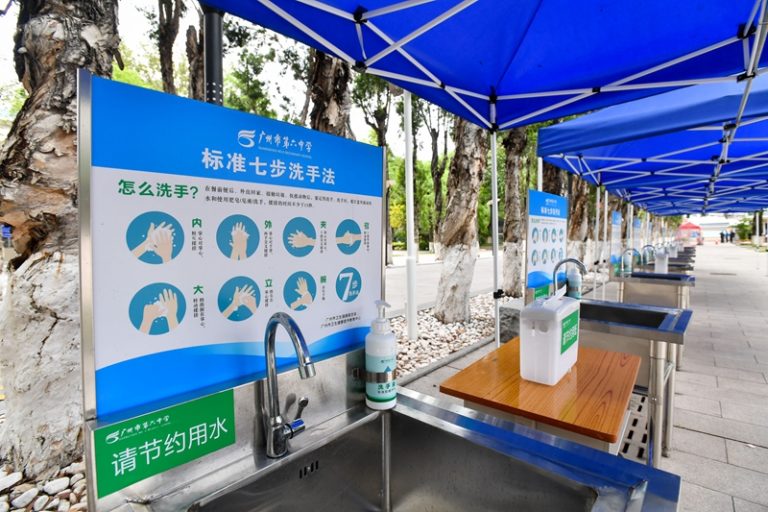After having the longest and the most unexpected winter vacation ever, Chinese students are slowly heading back to school. Under medical guidance, provinces have the power to decide when and how to reopen schools. But it's not business as usual. This process will take place gradually and will start with students who need to take high school and college entrance exams. Most schools in low risk provinces such as Qinghai, Tibet and Xinjiang have already been open since late March. Even the former epicenter, Wuhan, is planning to have high school seniors back to school starting May 6.
To prevent the “second wave” of coronavirus infections, schools have been taking extra precautions. What are some of their efforts and how can we learn from them?
[zombify_post]


0 Comments